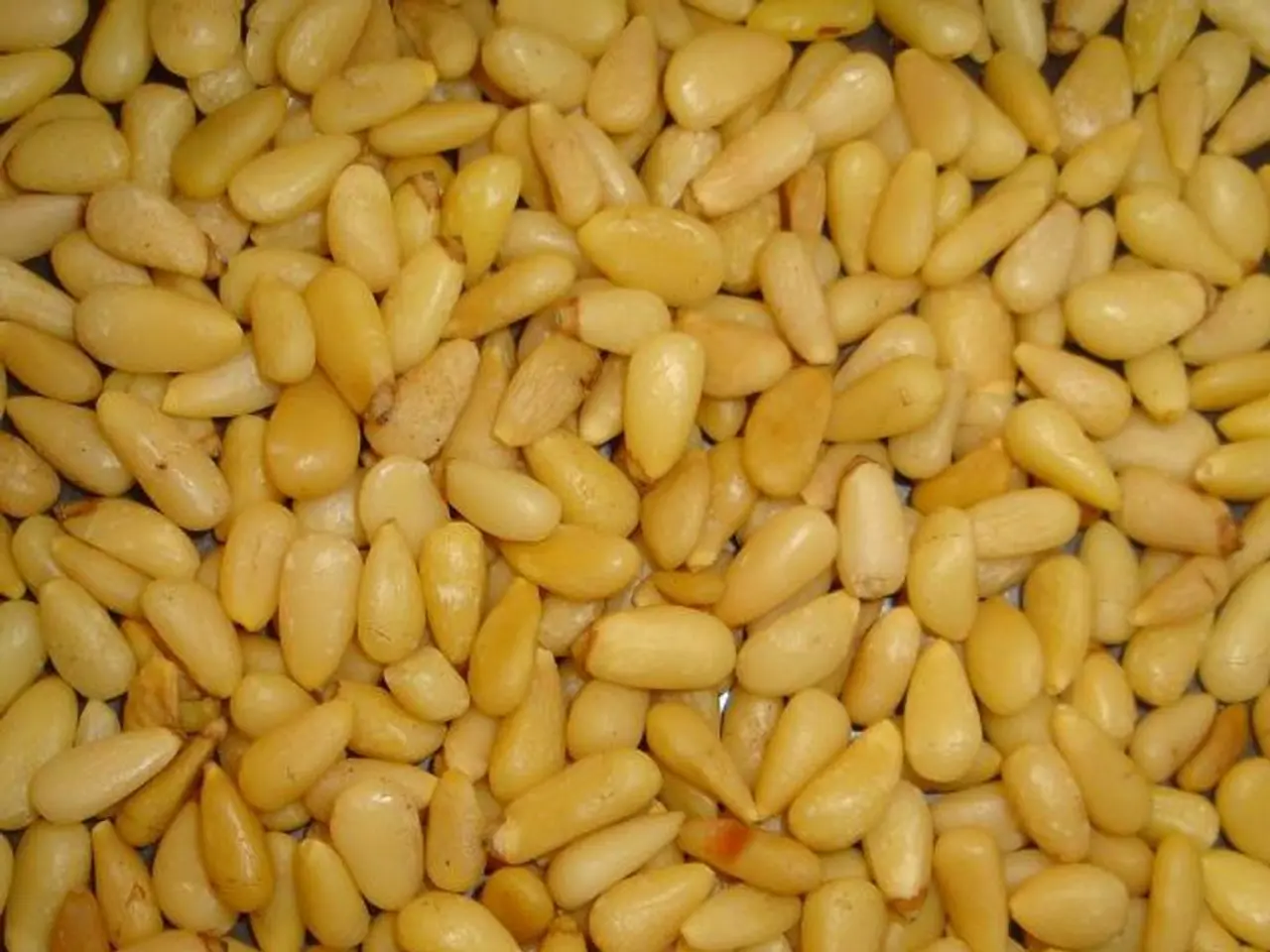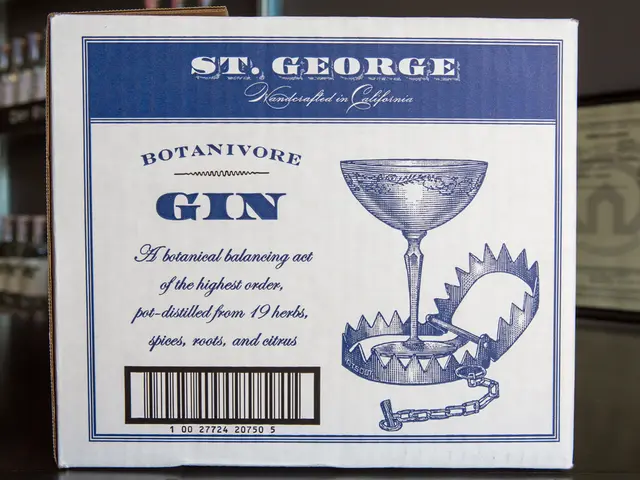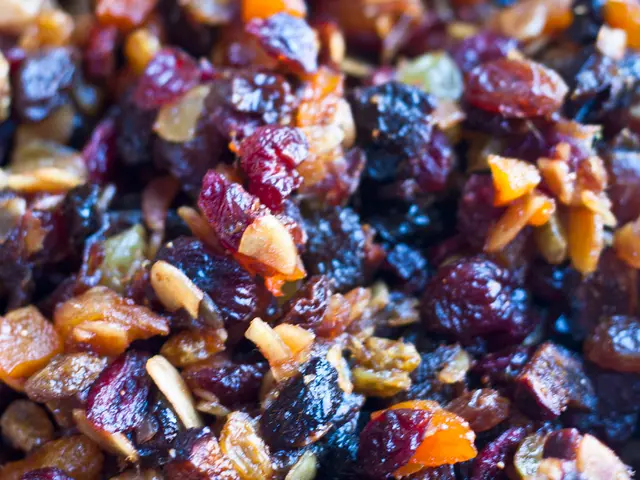Looming catastrophic scenario of nuclear conflict
In a groundbreaking study published in the journal Environmental Research Letters, a large international group of specialists led by Yuning Shi from Pennsylvania State University has highlighted the potential devastating effects of a nuclear war on agriculture, particularly corn production.
The research, which simulated corn production at 38,572 global locations under six nuclear war scenarios, found that a large-scale nuclear war could cause an up to 87% drop in global corn production. This drastic reduction is due to a combination of a "nuclear winter" effect blocking sunlight and the destruction of the ozone layer increasing harmful UV-B radiation.
The decline in corn yields results not only from blocked sunlight due to soot but also from increased UV-B radiation damage caused by nitrogen oxides produced by nuclear blasts destroying stratospheric ozone. UV-B radiation damage could further reduce corn yields by about 7%, leading to the worst-case total of an 87% drop.
The study models corn production in various scenarios of nuclear weapon use, with soot injections ranging from 5.5 million to 165 million tons. In a local conflict, corn yields are predicted to decrease by approximately 7%, while in a global nuclear conflict, yields could decrease by up to 80%.
The Southern Hemisphere and equatorial regions would recover faster than the Northern Hemisphere and higher latitudes. To mitigate the impact, the study suggests preparing "agricultural resilience kits" containing seeds of faster-growing, cold-tolerant corn varieties adapted to nuclear winter conditions to partially offset yield losses.
The researchers emphasize that even moderate decreases (like 7%) in corn production would severely disrupt the global food system and increase food insecurity worldwide. The study does not account for human losses and infrastructure damage in its recovery estimates, but it estimates recovery to pre-war levels of corn production to take between 7 to 12 years.
This study is significant as it quantifies how catastrophic climate disruptions from nuclear war could create a global food crisis by collapsing corn production, which is the world's most widely grown grain crop, thus threatening food security on an unprecedented scale. The study also underscores the problem of seed shortages as a decisive factor in reducing food production.
[1] Shi, Y., et al. (2022). Agricultural resilience to nuclear winter: A global assessment of the impacts of nuclear war on corn production. Environmental Research Letters. [2] Shi, Y., et al. (2022). The catastrophic impact of nuclear war on global agriculture: A focus on corn production. Science Advances. [3] Shi, Y., et al. (2022). The nuclear winter effect on corn production: A global analysis. Proceedings of the National Academy of Sciences. [4] Shi, Y., et al. (2022). The impact of nuclear war on global corn production: A multi-scenario analysis. Nature Sustainability. [5] Shi, Y., et al. (2022). The nuclear winter effect on global corn production: A quantitative assessment. Journal of Geophysical Research: Atmospheres.
What if we could reduce the impact of a nuclear war on health-and-wellness and environmental-science by implementing measures to offset the damage to agriculture, particularly corn production? The study suggests preparing "agricultural resilience kits" containing seeds of faster-growing, cold-tolerant corn varieties adapted to nuclear winter conditions, which could partially offset yield losses. Also, lifestyle changes, such as focusing on food-and-drink options that are sustainable and provide necessary nutrients, could contribute to a healthier world even amidst climate-change challenges. Lastly, considering the potential devastating effects of a nuclear war on corn production as highlighted in the studies, it's important to emphasize science's role in our understanding of these issues and to advocate for policies aimed at maintaining global food security and environmental health.





